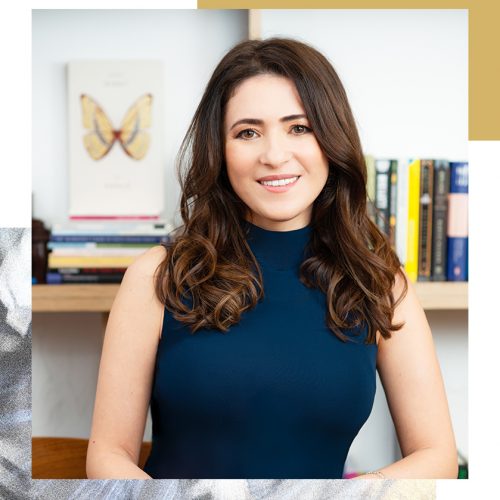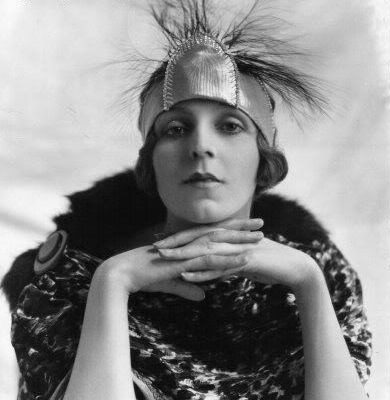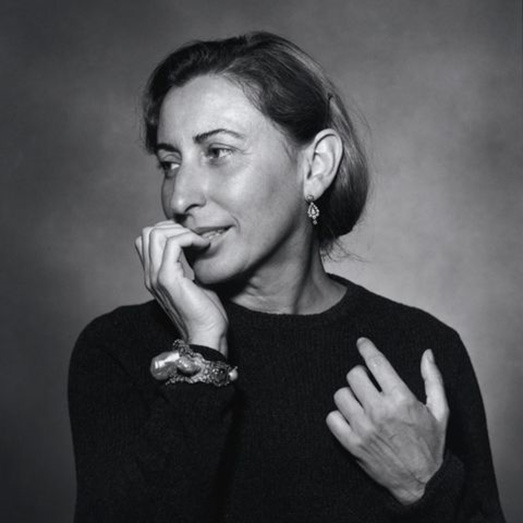Pierre Balmain
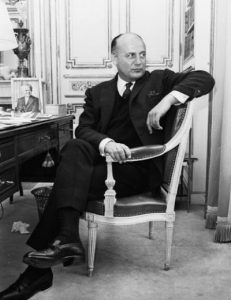
In the very early days of his career, Balmain received praise from intellectuals who attended his first fashion show, and his first collection was photographed for Vogue by Cecil Beaton. While on the surface it looked like, Pierre Balmain had a meteoric and sudden rise to fashion, the reality is that nothing about his success was easy to come by. Balmain had a very good understanding of his customers, business, as well as dictating styles that would be desirable.
Background:
Balmain’s father, who died when the future designer was seven years old, was the owner of a wholesale drapery business. His mother Françoise ran a fashion boutique called Galeries Parisiennes with her sisters and would dress young Pierre Balmain in flamboyant outfits. He went to school at Chambery and his interest in couture fashion was inspired by society women he met when growing up. Balmain began studying architecture at the Ecole des Beaux-Arts in 1933, as well as working as a freelance fashion designer to Robert Piquet. He will end up working for Dior, as well as Lelong, and in 1943, the dress he will gain fame as a fashion designer when the dress he designed for Lelong will become a bestseller.
Entrepreneurial Profile:
Balmain started his own company in October 1945, a month after his dresses were photographed by Cecil Beaton for Vogue. Soon, the demand from clientele followed and his name was on the map as a successful fashion designer. On the back of resounding high praise, Balmain was determined to start his own brand and business. He was known to be a ‘charmer’ and was able to raise a million francs and start. However, even with one million francs, Balmain still had to borrow 200,000 francs from his mother and sell a one-third share of his business to two friends, both of whom withdrew from the deal — leaving Balmain in a difficult position. It was by pure chance that the manager of Barclay’s Bank in Paris happened to be a friend of Molyneux, Balmain’s previous employer and mentor. Over the course of six years, the bank manager found the right factors, did the right details and, amazingly, six years later, Balmain owned his company completely — precisely at the moment when his business was really taking off. While other designers were interested in changing fashion history, Balmain had a good sense of business and making money. He would deliberately seek out celebrity clientele – which sometimes will land him in hot water – such as the Queen Sirikit of Bangkok, where many felt she was not at the level of French haute couture, and lowered the reputation of his brand. However, one thing is true for Balmain is that he knew the importance of publicity, who made sure to meet the right people and mingle among the elite of the world. He had a good sense of business, as well as having a keen eye for fashion. Just like Jacques Fath, he also understood the importance of the American market and Hollywood.
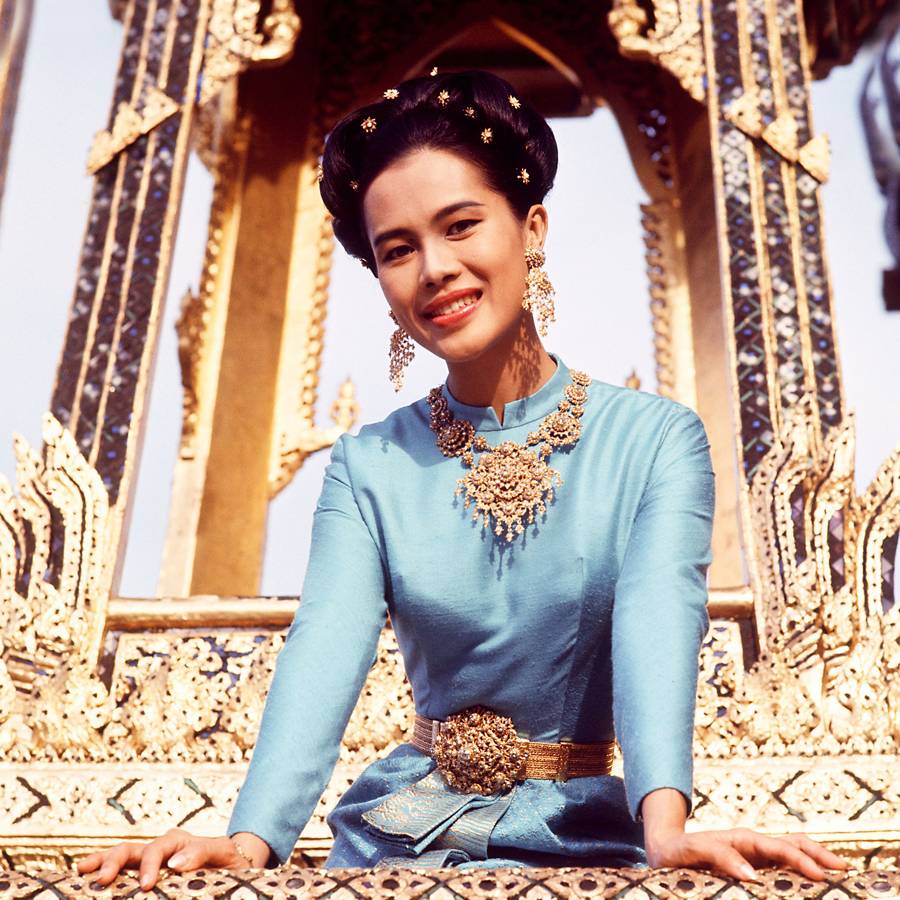 Queen Sirikit of Bangkok in Pierre Balmain. Photo source: Tatler
Queen Sirikit of Bangkok in Pierre Balmain. Photo source: Tatler
Key Success Factors:
Spoken in the same breath as some of the greatest designers of his time, Pierre Balmain had trained as an architect and had a great eye for proportion and scale. This is reflected in his impeccable design. When we look back at the way he approached design, we see the similarity of how he also ran his business. His key success factor was more about evolution and taking small and steady steps in his venture. First, he gained experience by working as an apprentice to some of the most well-known designers of the time, and learning about fashion design, but also about the fashion business. When he opened his own atelier in 1945, his success was almost meteoric, but only because he took many years to build it.
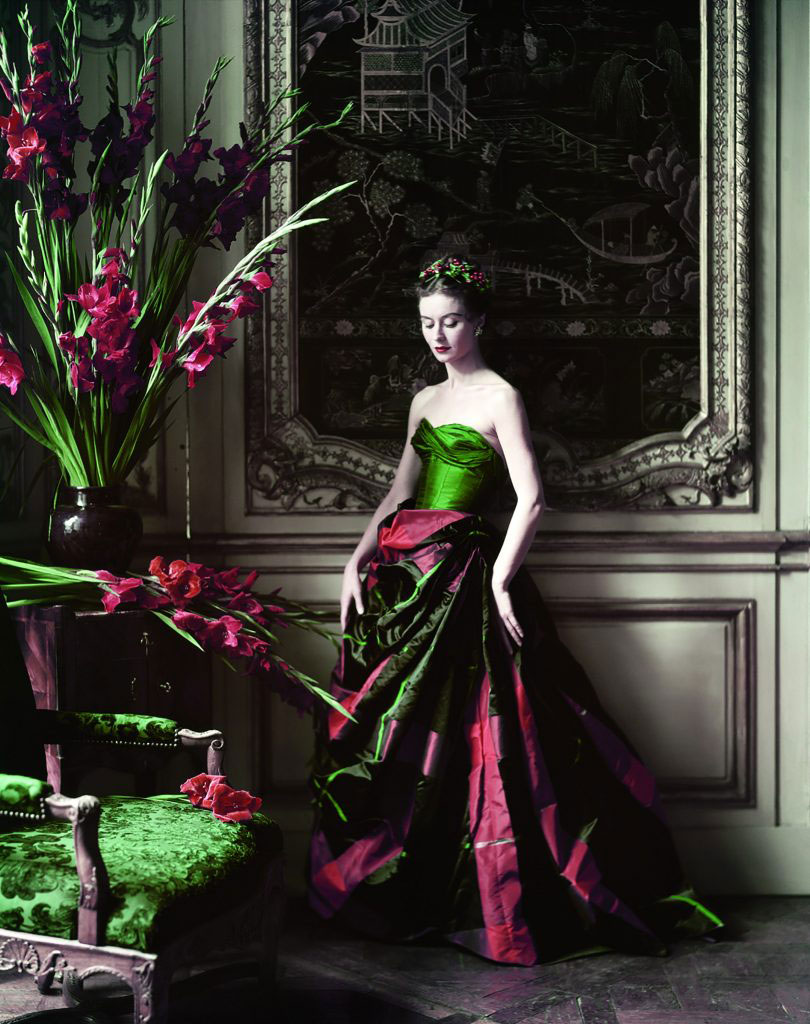 Pierre Balmain featured in Vogue.
Pierre Balmain featured in Vogue.
Photo credit: Vogue
